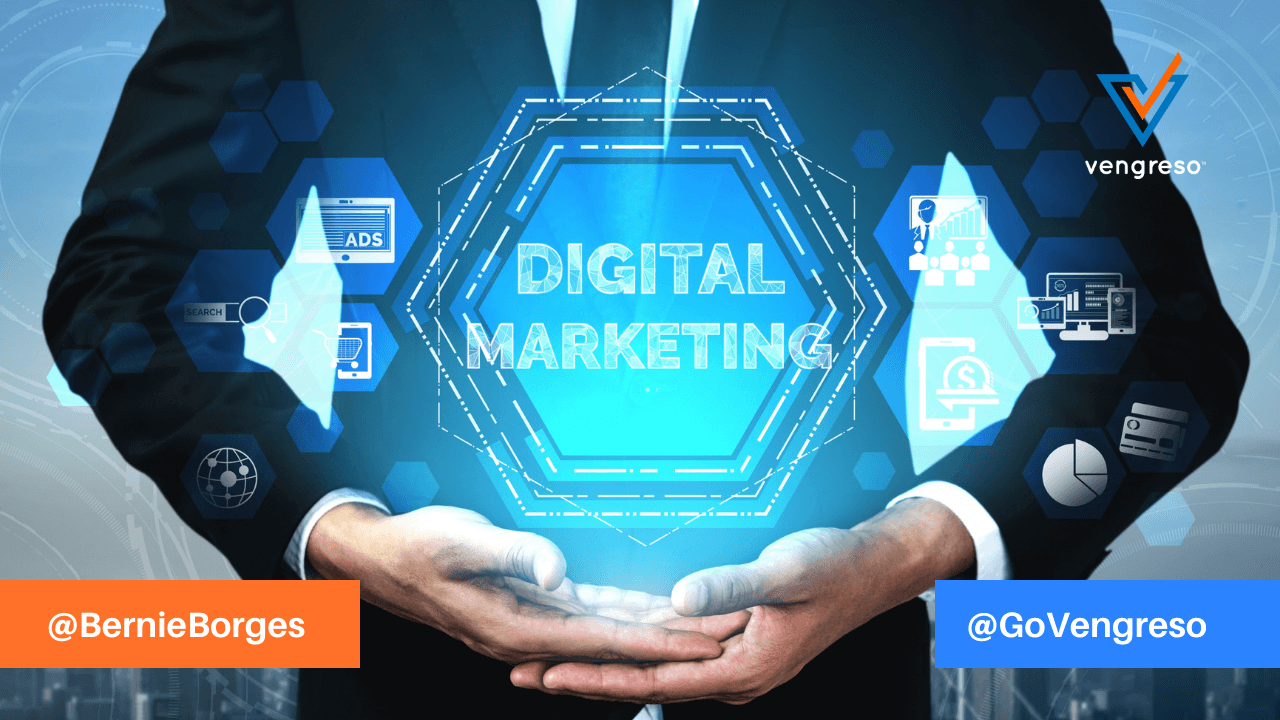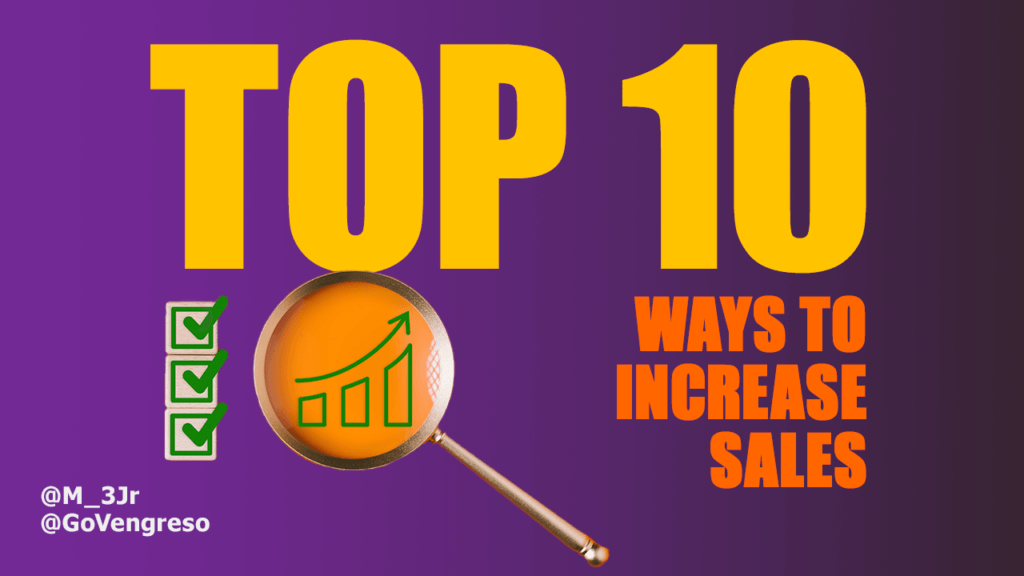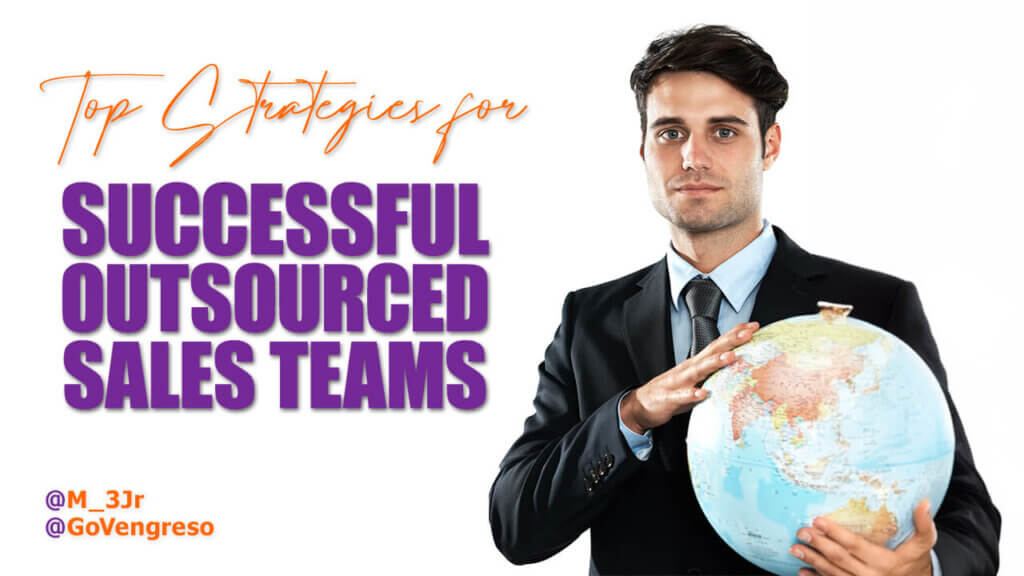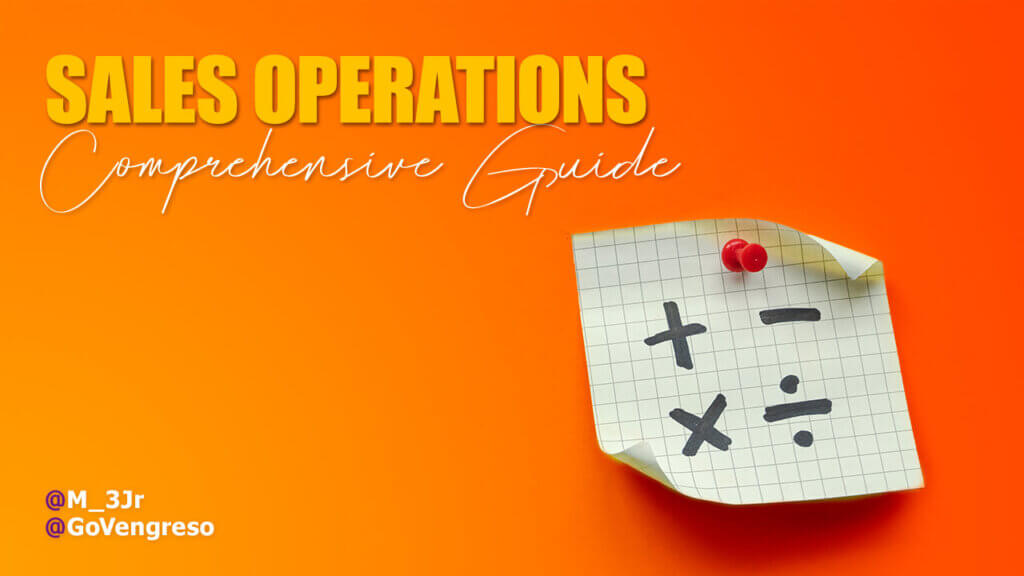Digital marketing encompasses several marketing disciplines and tools to work toward reaching overall business goals. Especially now that the modern buyer has changed and we are coursing through the years of the digital age, companies are now investing more budget on digital marketing and focusing more on how to make their digital strategy better.
Yet, some are still unsure about how digital marketing can actually bring in leads to their pipeline. Some marketers think that digital marketing is only for increasing brand awareness and strengthening brand positioning. Let’s take a dive into how this relatively new strategy can help your business.
Differences Between Inbound Marketing and Digital Marketing
Inbound marketing has become popularized largely by HubSpot and supported by inbound marketing agencies across the globe that specialize in creating online marketing strategies to attract prospective buyers to a business. At Vengreso we perform inbound marketing services, but we call ourselves a digital sales training company. Here’s why.
Digital Marketing Begins With Strategy
It’s important to begin new digital marketing initiatives with a strategy that starts by asking questions like;
- What business are we in?
- What is our brand strategy?
- Who is our target customer?
- What are our target personas?
- Who are our competitors?
- What are our strengths/weaknesses?
- Which marketing programs have produced results in the past?
- What is our sales process?
- What is our customer service strategy?
Asking these questions usually results in detailed conversations about the business with executives. The outcome of these discussions allows us to build a digital marketing plan that includes brand strategy, inbound marketing strategy (which includes content marketing, SEO, social media and PPC plans) and an outbound marketing strategy. Yes, outbound marketing too…
Inbound Marketing Inherently Has No Outbound Elements
One philosophical difference I have with inbound marketing purists is that I consider email marketing outbound marketing, not inbound marketing. And, I’m way okay with outbound marketing as an element of an integrated digital marketing plan.
We’ve had many clients in our 10-year history who sell a product or service with a very defined universe of target customers. Reaching out to them through outbound marketing tactics using online and offline channels can produce viable leads and brand preference. This integrated marketing approach is pivotal to a digital marketing strategy. The tactics vary widely depending in part on B2B or B2C factors.
Multiple Touch Points
Let’s face it, we live in a noisy world in terms of marketing messages. Most of us are exposed to over 5,000 marketing messages each day. A marketer needs to create multiple message touchpoints to create brand awareness or differentiation.
Touchpoints may include PR communications, direct marketing, email marketing, live events, webinars, online paid advertising, sponsorships, endorsements, content marketing, social media, and SEO. Throw in this mix the fact that 50% of all online touchpoints are mobile, requiring a distinct approach to engage buyers on mobile devices, and we have a digital marketing environment that requires multi-touch attribution.
Social Media is Not Inbound Marketing
In fact, social media is not a strategy. This is a pet peeve of mine. Social media is a channel where a marketer has the potential to engage with customers and future customers.
A marketer can use social media as an outbound marketing channel as well as an inbound marketing channel. For example, you can send a direct marketing message to a consumer via an ad, direct mail or email, drive the recipient to a landing page that has an offer, and ask the recipient to share the offer with their network through social media. When the recipient shares the offer on Facebook or Twitter with their network, is that inbound marketing?
Frankly, I don’t care to split hairs over this. This is integrated digital marketing with multiple touchpoints. The recipient may visit your website or Facebook page before even going to the landing page and proceeding with the offer. As people share your offer through social media, if you can measure their influence as shown in the image below, you can effectively leverage digital marketing channels across multiple touchpoints.
Integrated Digital Marketing is King
The purpose of this blog post is not to open up a debate with inbound marketing purists. My purpose is to acknowledge that marketers have a difficult job reaching their target customers because the lines are blurred between online and offline channels.
When someone sees a marketer’s message in any channel, be it online or offline, eventually, there is usually an online touchpoint. Because there are multiple touchpoints, I characterize this as integrated marketing. And, I characterize the online touchpoints as digital marketing because whether it was an article, a blog post, an email, a banner, a print advertisement, a radio or TV ad (let’s include Pandora in this) or an organic search listing the catalyst is not always attributable to one online touchpoint.
Therefore, integrated digital marketing is the most effective way to execute marketing plans that deliver measurable results.
Create a Strategy that Generates Leads
Even if you’ve set up multiple touch-points between your brand and target customers, you wouldn’t see a successful outcome if the content you’re sharing doesn’t resonate with your audience.
Therefore, ensure that your content strategy is aligned with your ideal buyer personas and overall business goals. Download the How to Design a Content Strategy that Generates Sales Leads Day One and create a strategy to achieve more sales and marketing success.





